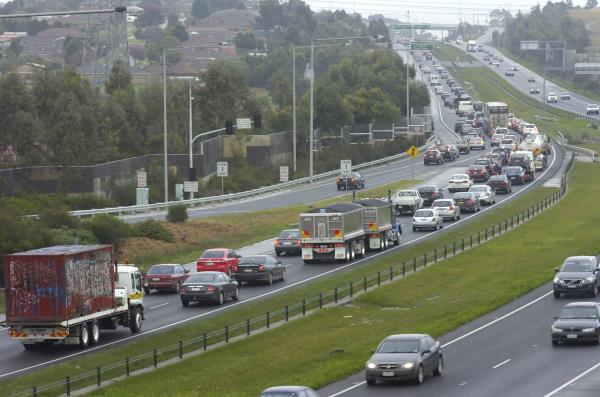By ALANA MITCHELSON
A NEW approach to speed management aimed at reducing accidents on Australia’s major thoroughfares is to be trialled on the Monash Freeway next month.
Speeds along the freeway will rise and fall in response to live traffic volumes, roadworks, the time of day and weather conditions under the Australian-first Dynamic Speed Trial from early July.
As motorists travel between High Street, Ashburton, and Glenferrie Road, Toorak, they would be able to increase their speed from 80km/h to 100km/h on the Monash during certain road conditions.
The six-month pilot will trial three different phases: varying of speeds at night, varying speeds both at night and off-peak periods such as weekends, before trialing the speed technology 24 hours a day, including peak periods.
Minister for Roads Luke Donnellan announced the new approach to speed management on Monday 13 June.
“We’re applying the world’s best traffic management practices to roads right here in Melbourne,“ Mr Donnellan said.
“Providing safer speeds that are right for the road will mean people can get to where they need to be as safely and efficiently as possible – without impacting on the productivity of our freight industry.
“Around 80 per cent of all crashes on the Monash are either rear-end crashes or side-swipe crashes, so we’re looking at innovative ways to make Victorian roads safer.”
The trial will use existing technology including closed-circuit TV (CCTV) cameras, road sensors and overhead electronic signs to change speed limits when conditions allow, not just if there are roadworks or a collision.
The pilot would complement the 18-month Monash Speed Trial that will see trucks travel at 90km/h along a 10-kilometre section of the Monash Freeway between Huntingdale Road and Jacksons Road.
A second phase would ban trucks from the right-hand lane.
Mr Donnellan said reducing the speed of trucks on the Monash would, on average, increase their travel time by one minute, but that it would make it “safer” and “boost the reliability of the freeway”.
“Reducing the speed of trucks will create greater distances between cars and trucks, and allow cars to navigate safely around trucks reducing the likelihood of rear-end and side-swipe crashes,” he said.
“The trial’s focus will determine the effectiveness of reducing the speed limit for trucks to improve road safety.”
If successful, the technology could be rolled out on other managed motorways across Melbourne.







